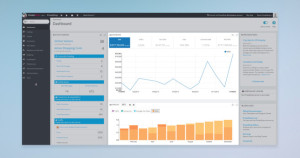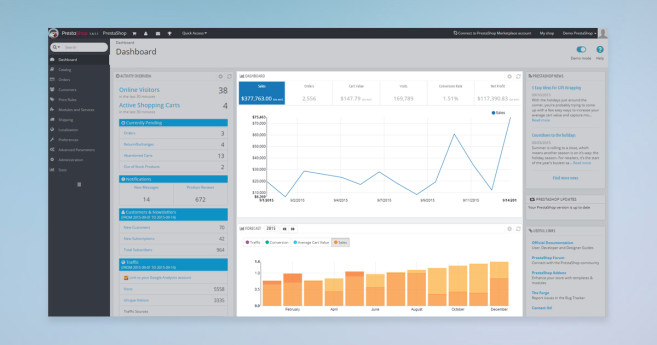
Improve your e-commerce with statistics backoffice
One of the remaining tasks when you have an online store is to give value to utilities that provides the backoffice.
Any CMS for e-commerce has a number of gallery Statistics that allow us to improve our business performance.
CMS statistics
The first statistics are often presented on the page iconic the backend and in fact the first thing you usually see are the KPI or key performance indicators that allow us the overall store performance compared to industry standards or with previous results.
 These KPI are:
These KPI are:
- Sales
This indicator is quite clear: it refers to the money that comes in the box of your store.
- Orders
Knowing the number of orders we get is important because it indicates the number of customers converted.
- Value cart
It is the mean value of the cart is the average amount a customer spends on a visit. The features of cross-selling and complementary items are very effective to increase this figure. The ultimate goal is to achieve more orders and more value.
- Visits
The more people visit your website, the more chances of making a sale. However, a very high number of visits may be due to “robots” that are scanning your site. A number of visits inflation may reduce other statistics such as conversion rates
- Conversion rate
The conversion rate gives you a very rough idea of how many visitors have completed their purchases. This point is especially useful when you are trying to optimize the design of your website. If you are doing A / B testing, this rate will help you decide what to wear design.
- Net profit margin
It is one of the most important parameters and something that every seller must analyze because they depend on the viability of your business.
Other interesting information is, for example, recent orders, best selling, most viewed or top searches.
The latter information is very important because it allows us to understand what your customers want to find when they visit your site. First, you find yourself these terms to ensure that the results are correct. If your search terms are not those who are using, add them as “tags” to help customers find the product.
Leave a reply